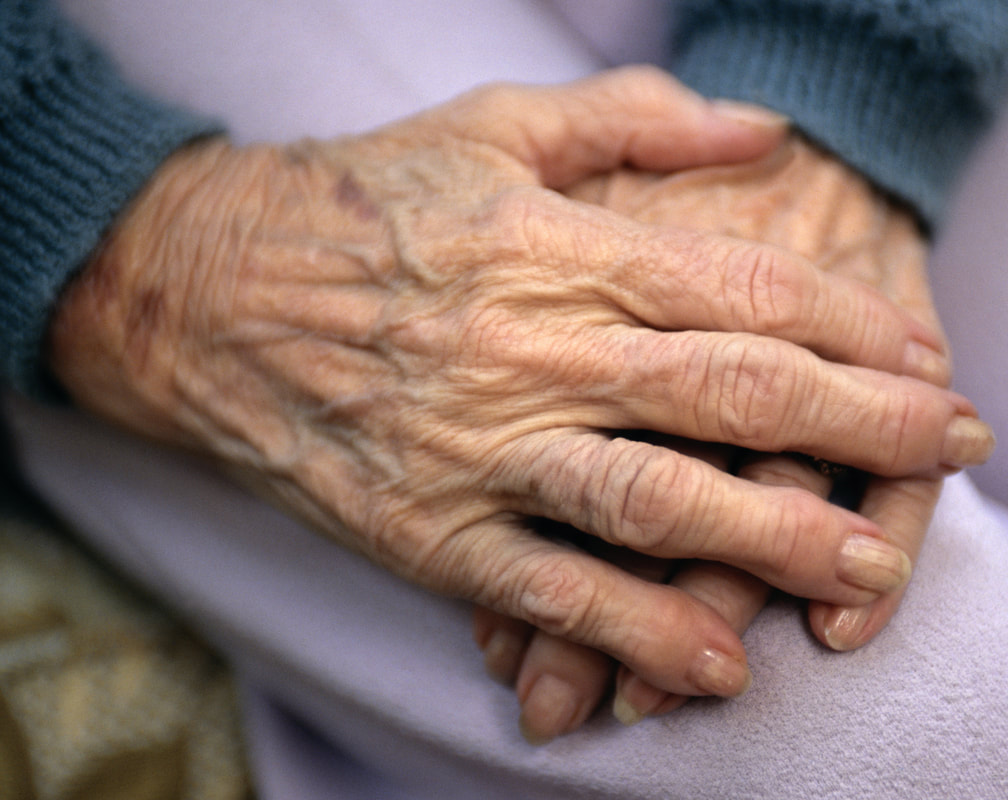|
Joint Stiffness and Arthritis By Pierre Mouchette | Bits-n-Pieces Joint stiffness is a common characteristic related to arthritis and other musculoskeletal conditions. It is usually the earliest symptom of arthritis, which indicates you should see a doctor for a thorough physical examination and an accurate diagnosis.
Although joint stiffness is a common arthritis symptom, it still comes with several questions:
Arthritis is not the only condition that is related to joint stiffness. Other conditions can also trigger joint stiffness, including bone disorders, cancer, joint trauma, or overuse of the joint. Detecting the Cause Joint stiffness is discomfort after a period of inactivity, reduced range of motion, or loss of range of motion in a joint. Those affected tend to associate factors other than joint stiffness, including weakness, fatigue, and fixed rather than a temporarily limited range of motion. The subtle details of joint stiffness help point to the associated cause or medical condition. Rheumatic diseases are usually associated with the discomfort that occurs with joint movement after rest. Increasingly severe inflammation in the joints is related to more severe stiffness. Stiffness that occurs when a person gets up after sitting for a prolonged period, such as in a movie theater, is characteristic of osteoarthritis. Time and walking at a slow pace will help the situation pass. Joint stiffness after waking can last up to 30 minutes in those with osteoarthritis. With inflammatory types of arthritis, such as rheumatoid arthritis, systemic lupus erythematosus, psoriatic arthritis, or chronic viral arthritis, the stiffness characteristically lasts more than an hour. With low back pain, morning stiffness lasting more than one hour may indicate ankylosing spondylitis. Stiffness in the joints that worsens as the day goes on is typically not related to inflammatory arthritis. How long joint stiffness lasts offers the first clue regarding the underlying condition. Doctors can then order other diagnostic tests to evaluate the suspected underlying condition further. Doctors may also assess the muscles to exclude muscle rigidity or spasticity. Other Treatment Beyond taking medication, affected people might be helped by physical therapy, stretching, range-of-motion exercises, and heat. Remember, the goal of treatment is to help alleviate the stiffness as much as possible and improve joint function.
0 Comments
Your comment will be posted after it is approved.
Leave a Reply. |
Archives
May 2024
|
